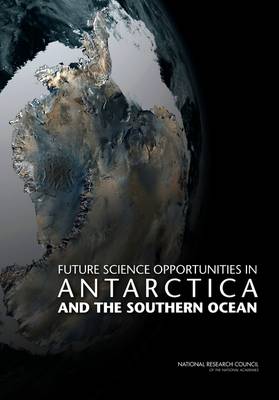Antarctica and the surrounding Southern Ocean remains one of the world's last frontiers. Covering nearly 14 million km^2 (an area approximately 1.4 times the size of the United States), Antarctica is the coldest, driest, highest, and windiest continent on Earth. While it is challenging to live and work in this extreme environment, this region offers many opportunities for scientific research. Ever since the first humans set foot on Antarctica a little more than a century ago, the discoveries made there have advanced our scientific knowledge of the region, the world, and the Universe--but there is still much more to learn. However, conducting scientific research in the harsh environmental conditions of Antarctica is profoundly challenging. Substantial resources are needed to establish and maintain the infrastructure needed to provide heat, light, transportation, and drinking water, while at the same time minimizing pollution of the environment and ensuring the safety of researchers. Future Science Opportunities in Antarctica and the Southern Ocean suggests actions for the United States to achieve success for the next generation of Antarctic and Southern Ocean science.
The report highlights important areas of research by encapsulating each into a single, overarching question. The questions fall into two broad themes: (1) those related to global change, and (2) those related to fundamental discoveries. In addition, the report identified key science questions that will drive research in Antarctica and the Southern Ocean in coming decades, and highlighted opportunities to be leveraged to sustain and improve the U.S. research efforts in the region.
- ISBN10 0309214696
- ISBN13 9780309214698
- Publish Date 28 December 2011
- Publish Status Active
- Publish Country US
- Imprint National Academies Press
- Format Paperback
- Pages 230
- Language English
